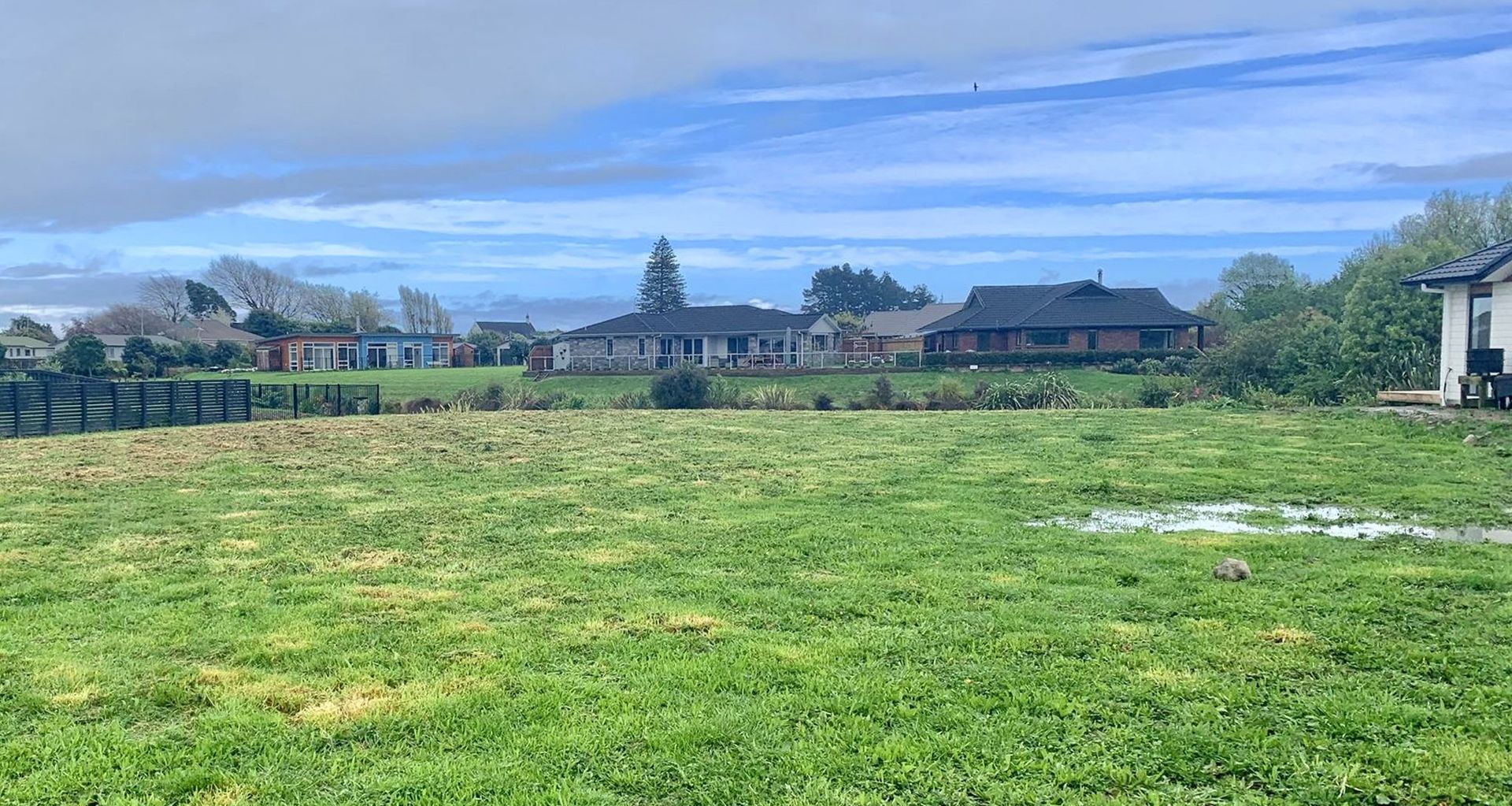Understanding the Consent Process

Resource and Building Consent
Resource Consent
Resource consent is all about the land and District Planning. When a building or activity does not meet the District Plan, or when completing changes to the land, you need to get approval from the Council.
Different Zones (or areas) have different rules relating to:
- building sizes and location
- types of buildings (residential or commercial)
- minimum section sizes
- traffic and parking
These rules ensure the zone is in keeping with the District Plan, ensuring a reasonable level of amenities for the residents.
A resource consent is an authorisation to build outside of the rules in the district plan, in accordance with the conditions of the consent.
You may need to apply for a resource consent if you are:
- building a house
- developing or subdividing land
- retail, commercial or industrial activities
- earthworks
- taking or damming of water
- discharging contaminants into water, soil or air
- using or occupying coastal space.
Building Consent
When building a new home or changing your existing property you need to apply for Building Consent.
Building Consent is formal approval to build or renovate your property. The Council checks over your application looks at the plans and all related reports. They ensure it is in accordance with the Building Code and you are complying with the District Planning rules.
The aim of the Building Consent process is to ensure buildings are safe, healthy, and built right the first time.
You may need to apply for a Building Consent if you are:
- Building a new home
- Altering, or adding onto your property
- Completing structural repairs or removing weight-bearing walls to existing buildings
- Repairing leaky homes and reclads
- Converting your garage into a bedroom or living space
- Building a deck higher than 1.5 meters above ground level
- Completing extensive earthworks & Retaining
- Installing open fireplaces or log burners
- Adding a spa or swimming pool
The Application Process
The first step in many projects is for you to get your property file from the Council at a cost of approximately $65. The property file contains documents that are not included in a LIM report including existing plans, reports, consents and other correspondence with the Council.
Next, you need to find a Licensed Designer and Licensed Builder (LBP). Once you have your initial plans set out, your designer or builder may need to apply to the Council to see if you need Resource Consent. Some projects will not need Resource Consent.
Now you need to finalise your design. Your team will start to collate all relevant information for your build. This will include; engineering and Geotech report, frame and truss details, electrical and plumbing specifications and quantity surveying.
Once everything is finalised and resource consent has been obtained (if needed), your Designer or builder can now apply for your building consent. They should know the current wait time for applications to be processed.
Once the building consent has been approved you are ready to build!
During the building process, the Council will visit your builder on-site for scheduled inspections, checking every stage meets the building code requirements.
On completion, you will receive a Code of Compliance Certificate.
Remember to use your professionals to your advantage, getting your project manager, builder or designer to make applications for you is always a good idea. It will save you time and money in the long run as they know what they are doing and are less likely to make mistakes.
